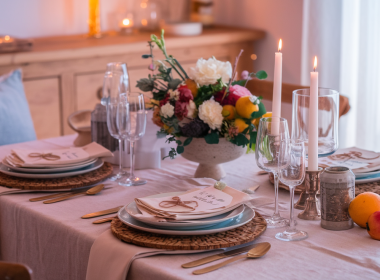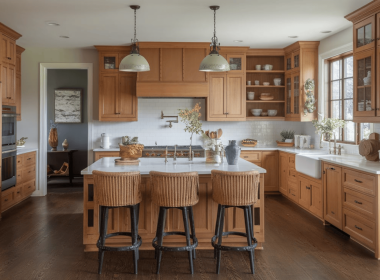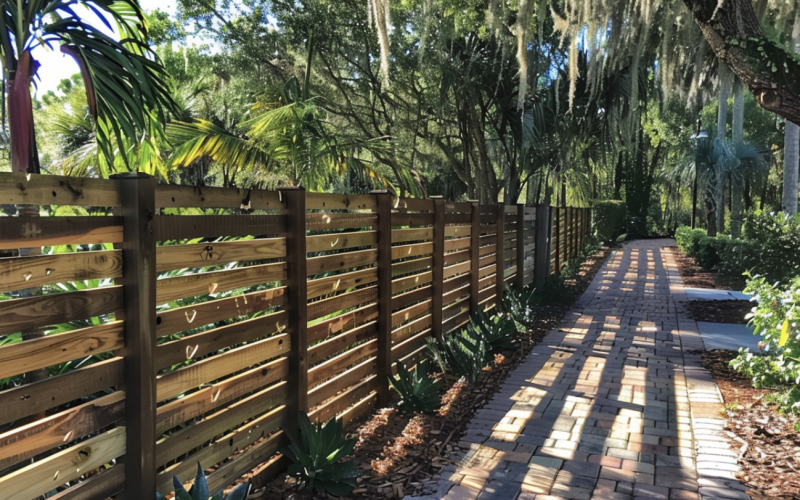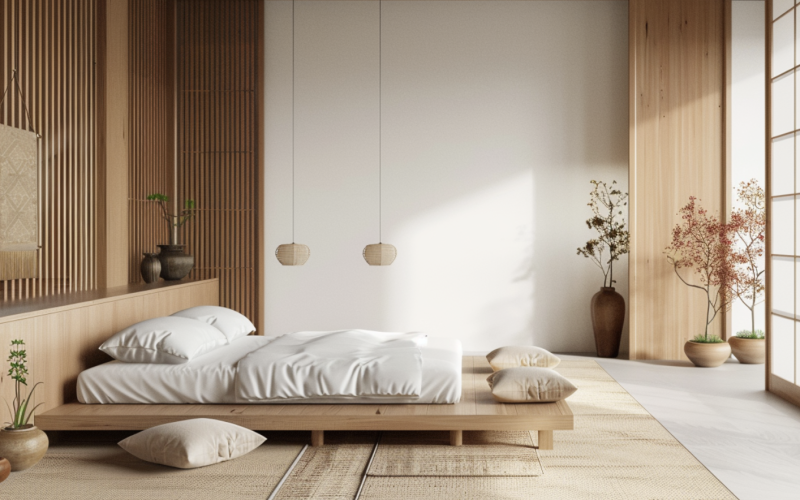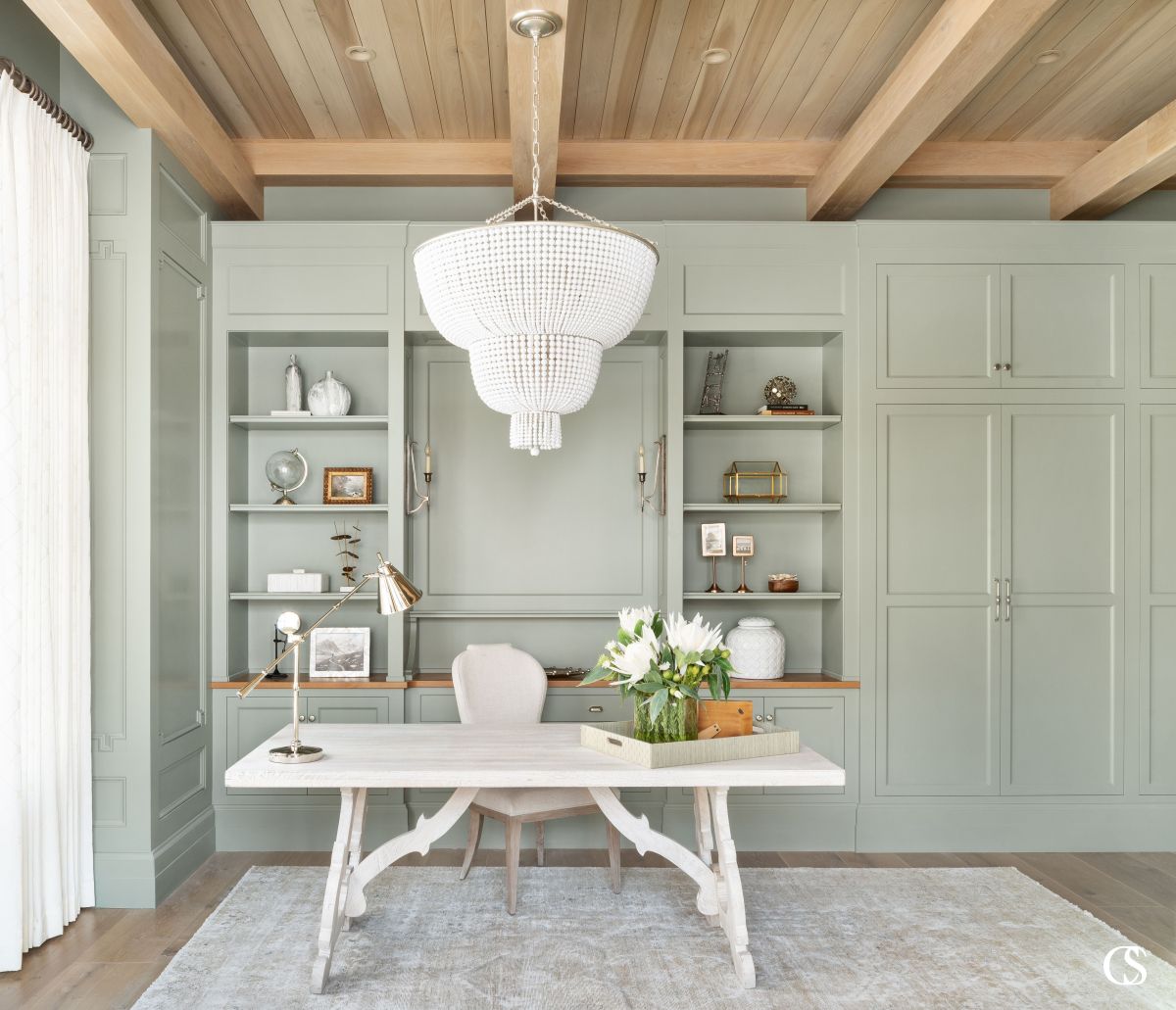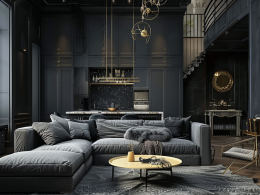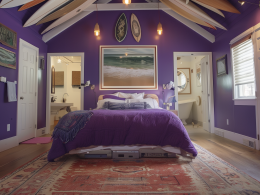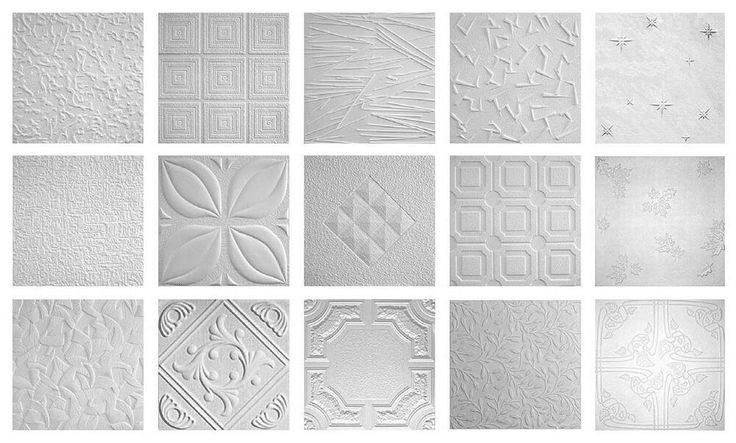Grayish-green is a beautiful, versatile color that can add depth and sophistication to any space. However, it can be challenging to describe this unique hue accurately.
If you’re looking to incorporate gray-green paint into your home but aren’t sure what to call it, you’re not alone.
The good news is that several common names are associated with this color that can help you communicate your vision more effectively.
In this article, we’ll explore the various terms used to describe grayish-green, from “sage” to “xanadu” and beyond.
By the end, you’ll better understand this color family’s different shades and tones, making it easier to find the perfect gray-green for your next project.
General Characteristics of Grayish-Green Shades
Grayish-green is a color family that combines the neutral, balanced nature of gray with the calming, natural qualities of green.
This color is often perceived as sophisticated, soothing, and versatile in visual design, making it a popular choice for various applications.
The color strikes a balance between the coolness of gray and the organic feel of green, resulting in a muted, understated shade that can adapt to various design styles.
Some colors may appear nearly gray with a hint of green, while others may have a more noticeable green tone.
This variability allows for various options to suit different preferences and design needs.
Common Names of Grayish-Green Shades
The names given to shades of grayish-green reflect the color’s unique characteristics, uses, and emotional impact.
These names help designers, artists, and consumers better understand and communicate the hues they are working with or seeking.
1. Xanadu

Xanadu gets its name from the Philodendron Xanadu plant, known for its lush, green leaves with a grayish tinge. The name symbolizes growth and vitality.
This shade is described as a moderate green with distinct gray undertones, creating a balanced and refreshing color.
Xanadu is ideal for creating lively yet soothing spaces due to its muted vibrancy. It works well in living rooms, offices, and other areas where a touch of nature is desired.
2. Sage

Sage takes its name from the sage herb, known for its soft, muted green leaves with a grayish cast.
This shade has gained popularity in home decor and fashion due to its calming and soothing qualities.
Sage conveys a sense of wisdom and tranquility, making it a top choice for bedrooms, bathrooms, and relaxation areas.
3. Ash Gray

As the name suggests, ash gray mimics the color of ash, resulting in a cool and subdued grayish-green hue.
This shade is known for its neutral yet warm appearance, allowing it to blend seamlessly with various color schemes.
Ash gray is often used in spaces where a neutral background is desired to showcase other elements, such as art galleries and minimalist interiors.
4. Camouflage Green

Camouflage green is predominantly used in military and outdoor gear because it blends with natural surroundings.
This darker, more muted grayish-green is designed for practicality and effectiveness in various terrains.
Camouflage green symbolizes security and concealment, making it essential in tactical gear, hunting apparel, and outdoor equipment.
5. Nardo Gray

Nardo Gray is a neutral gray with subtle greenish undertones, which give it a unique depth and character compared to standard gray hues.
Nardo Gray has gained significant popularity in the automotive industry due to its ability to complement modern car designs.
Its sophisticated and contemporary look effortlessly enhances the sleek lines and curves of vehicles, making it a sought-after choice among car enthusiasts and manufacturers alike.
6. Slate Gray

Slate Gray is a gray shade with a slight azure tinge, positioning it on the cooler end of the color spectrum.
Slate Gray’s cool, muted tones make it a versatile choice for both vibrant and subdued color palettes in interior design.
It can be a soothing backdrop for bolder accent colors or blend harmoniously with other muted shades to create a cohesive and balanced look.
Emotional and Psychological Associations
Calmness
The muted quality of gray combined with the natural essence of green contributes to a sense of calm and relaxation.
Grayish-green has a soothing effect on the mind and can help create a peaceful atmosphere in any space.
Naturalness
Grayish-green is often associated with natural elements such as moss, stone, and weathered wood.
This connection to nature evokes a sense of groundedness and can help bring a feeling of the outdoors into interior spaces.
Application in Spaces
Grayish-green’s calming and natural qualities make it a popular choice for spaces designed for relaxation and tranquility.
This color is often used in bedrooms, spas, and quiet workspaces to create an inviting, serene environment that promotes well-being and focus.
Application of Grayish-Green in Design and Fashion
Due to their versatility, grayish-green shades have become increasingly popular in modern and classic design schemes.
These colors seamlessly bridge the gap between natural and urban aesthetics, providing designers with a flexible palette that can adapt to various styles and preferences.
1. Residential Interiors
Grayish-green walls or furnishings can greatly benefit living rooms and bedrooms.
For instance, a soft sage accent wall in a bedroom can create a soothing atmosphere, while a Xanadu-colored sofa in a living room can add a touch of natural elegance to the space.
2. Commercial Spaces
Businesses like wellness centers, yoga studios, and boutique stores often use grayish-green interiors to promote a calm and focused atmosphere.
The color’s ability to evoke a sense of balance and tranquility can help customers feel more at ease and engaged with the space.
3. Fashion Collections
Many fashion designers have featured grayish-green in their collections, showcasing its adaptability and appeal across different styles and fabrics.
For example, a Marengo-colored wool coat can add a touch of sophistication to a fall outfit, while a sage linen dress can provide a fresh and relaxed look for summer.
4. Product Aesthetics
Electronics and kitchen appliances in grayish-green tones are often marketed as lifestyle choices that blend technology with environmental consciousness.
A smart home device in a muted ash gray or a kitchen mixer in a soft Xanadu can appeal to consumers who value functionality and sustainable design.
Conclusion
Understanding the various names associated with grayish-green shades can help you navigate the world of design and fashion confidently.
From the lush and lively Xanadu to the calming and soothing Sage, each hue within this color family offers unique characteristics and emotional associations.
Grayish-green tones are versatile and appealing whether you want to create a serene bedroom retreat, a focused home office, or a stylish and sustainable wardrobe.
By familiarizing yourself with these common names and their applications, you’ll be better equipped to select the perfect gray-green paint or fabric for your next project.
So, take a moment to explore the diverse range of grayish-greens available and discover how this timeless and trendy color can enhance your living spaces and personal style.

